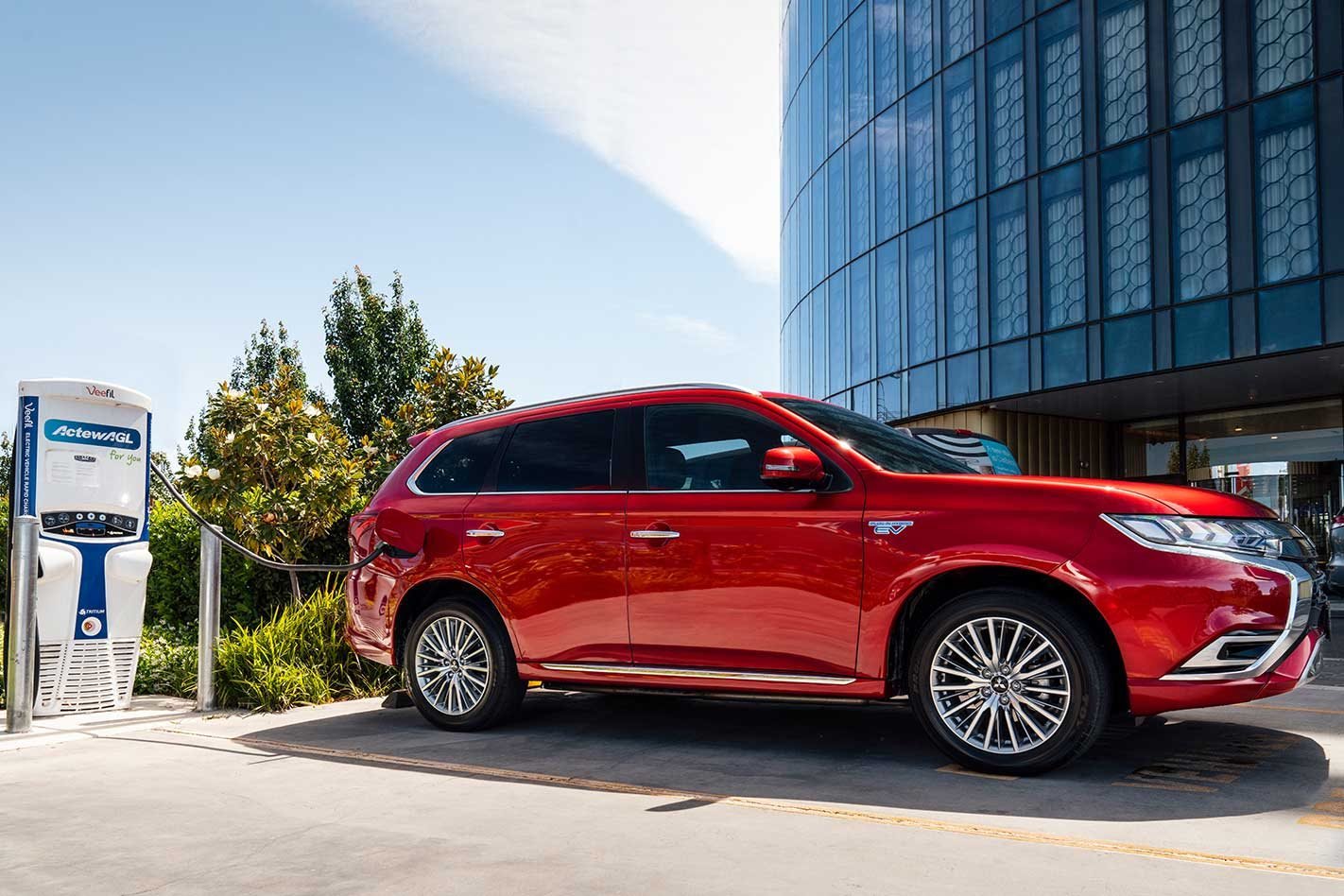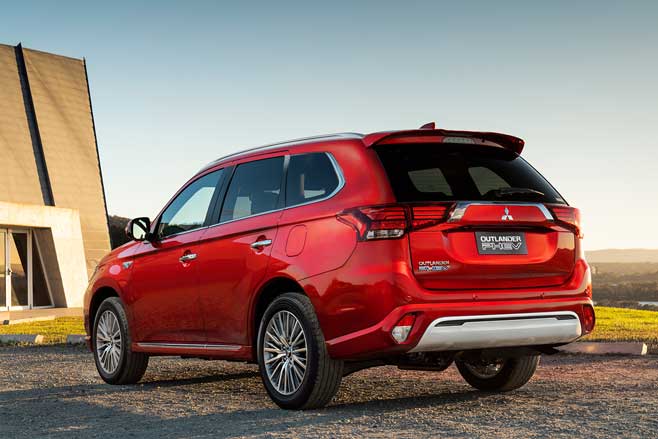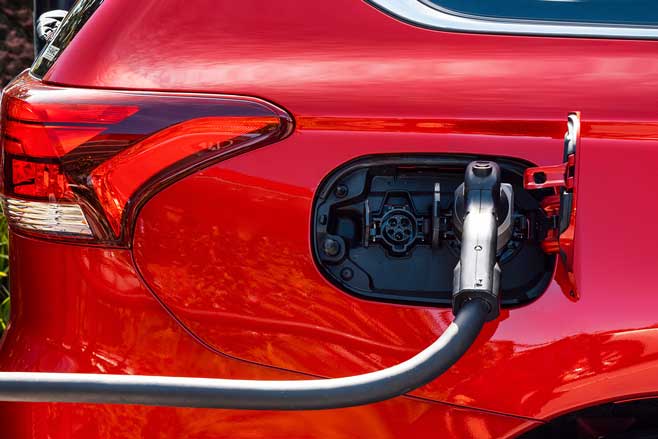
Usually when it comes to engine options for plug-in hybrids, manufacturers would opt for the smallest capacity engine to keep fuel consumption figures low and emissions clean, but Mitsubishi has gone against the grain with the introduction of a bigger 94kW/211Nm 2.4-litre engine for the 2020MY update of its Outlander PHEV plug-in hybrid SUV.
The 2.4-litre naturally-aspirated inline-four engine is similar to the one used in the standard Outlander and the refreshed ASX range, though modified to operate on the leaner-burning ‘Atkinson cycle’, which is why it is far from matching the ASX’s 123kW/222Nm power and torque figures.

On top of that, due to Mitsubishi Australia’s insistence on enabling its engines to run on Australia’s RON91 base petrol, the engine has been further detuned from the European Outlander PHEV’s spec of 99kW to 94kW.
With the Outlander PHEV being a predominantly electric vehicle, engine power output plays a minor role in day-to-day driving. In fact, the engine can’t send any power to the front wheels at speeds under 65km/h and the electric motors don’t run out of steam until a license-shredding 135km/h, so why equip a bigger engine?
According to Mitsubishi, the key reason for the change is that the bigger displacement unit has a fatter torque curve with more torque available from lower rpm. Owen Thomson, senior product strategy manager of Mitsubishi Motors Australia, says the bigger engine is more relaxed and refined in its operation especially at lower engine speeds as compared to the 87kW/186Nm 2.0-litre unit. However a bigger displacement does mean fuel consumption has gone up from a previously quoted 1.7L/100km to 1.9L/100km on the official ADR combined fuel consumption figures, so there is a sacrifice for that smoother engine.

So why didn’t Mitsubishi follow the downsizing trend and opt to use its 1.5-litre direct-injection turbocharged inline-four that is used in the Eclipse Cross? According to Thomson, the 2.4-litre engine was a more suitable fit to pair with the electrical half of the Outlander PHEV.
“Given the nature of the 2.4-litre engine, it has good efficiency for use in a plug-in hybrid without adding too much complexity,” Thomson reasoned.
With a higher power generation output of 80kW, up from 70kW, the Outlander PHEV is complemented with an improved battery pack, with a raised capacity of 13.8kWh, up from 12kWh. That being said, Mitsubishi’s claims of the Outlander PHEV’s all-electric range remains unchanged at 54km, though the larger capacity battery has allowed Mitsubishi to fit in a more powerful 70kWh rear electric motor, up from 60kW.
Whether that extra oomph and bigger battery actually translate into a meaningful difference in day-to-day driving has yet to become apparent – we’ll be subjecting the Outlander PHEV to a longer test drive in due course – but you can at least expect a more refined experience when that combustion engine fires up. Is it worth the extra fuel burn though?



